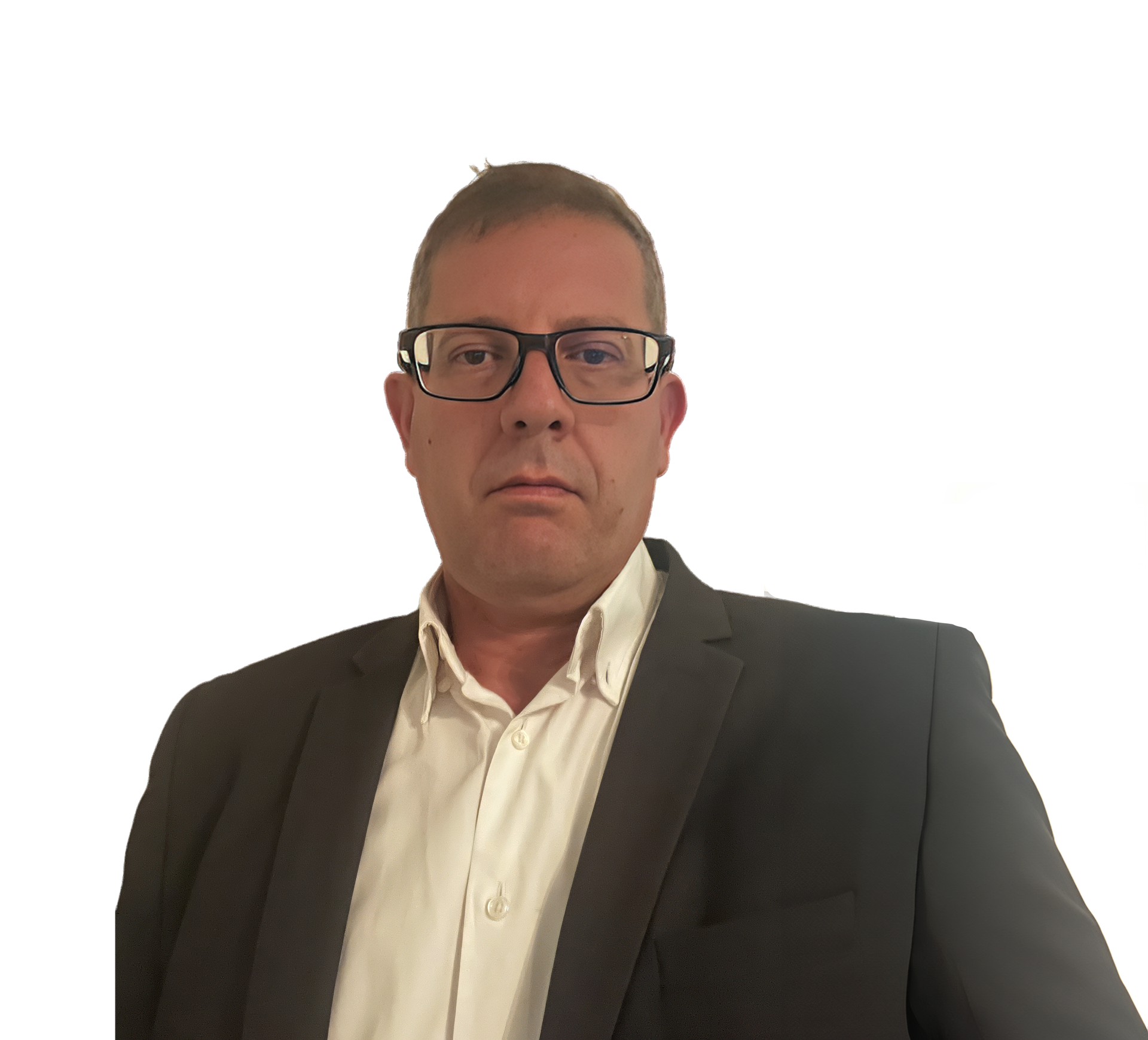Digital Horizons: How AI, IoT, and 5G are Shaping Africa's Path to Agenda 2063
The roadmap for digital transformation in Africa is full of challenges. But digital innovation is essential to foster economic equality and fulfil Sustainable Development Goals (SDGs) set by the United Nations.
Agenda 2063, a visionary strategic framework for Africa, holds immense significance for the continent's economic and social development. This ambitious plan, set forth by the African Union, aims to propel Africa into a new era of sustainable development and economic prosperity.
The realisation of Agenda 2063's aspirations is intricately tied to the role of emerging technologies, including Artificial Intelligence (AI), the Internet of Things (IoT), and 5G networks. These technologies are catalysts for transformation and hold the potential to advance the continent in many sectors, from healthcare and education to agriculture and industry.
The key factor in all of this is how. The need is apparent. Just look at the uptake in internet usage: today, those with internet access has increased nearly fifty-fold since the turn of the millennium. With the youngest population in the world—a median age of eighteen—this trend can only be expected to repeat itself across the digital world more widely. In fact, by 2025, ‘Africa’s mobile penetration is expected to reach 50 percent, or 614 million connections, with 65 percent of those connections being smartphones’.
To harness this potential fully, it is imperative to understand the regulatory and economic challenges that accompany the adoption of these transformative technologies in Africa. The responsible deployment of AI, IoT, and 5G technologies is not only an opportunity but also a social imperative and it is critical for achieving the goals set forth in Agenda 2063.
An African Tech Renaissance
In the heart of the African continent, a technological revolution has been unfolding in recent years. African countries have been steadily embracing transformative technologies, with exciting progress in the adoption of AI, IoT, and forthcoming 5G networks. South Africa has emerged as a leader in AI adoption, fostering a thriving ecosystem of AI research and start-ups across various sectors: whether it be shining examples such as LeLapa, or exciting research, the uptake has been remarkable.
The IoT landscape in Africa has also seen substantial growth, with South Africa and Kenya leading the way in implementing IoT solutions in areas such as agriculture and smart cities. Regarding the former, IoT devices such as sensors and drones are used for precision farming; these technologies enable farmers to monitor and manage crops more effectively, conserving resources and increasing productivity. In terms of the latter, the phrase ‘smart cities’ refers to the adoption of IoT technologies throughout some African cities in order to improve urban planning, traffic management, and public services. Smart city initiatives aim to enhance the quality of life for residents and make cities more sustainable.
Another key area in which IoT has sparked innovation in Africa is within conservation, in which IoT can be used to track animal movements, monitor poaching activities, and collect data for research purposes. One exciting example, a large scale conservation effort, involving the deployment of 250 sensors across 3 million hectares in Kenya, has demonstrated the immense potential of IoT in preserving the environment and its precious species. These IoT solutions facilitate real-time monitoring and data collection to ensure the future of endangered wildlife. Projects such are these are perfect use cases that demonstrate how technology can work in conjunction with the natural world, rather than against it, while also encouraging cross-border collaboration in the process.
The proliferation of IoT devices is accelerated by the gradual rollout of 5G, which provides the necessary infrastructure for seamless communication between devices. This results in a more widespread adoption of IoT applications across various sectors, while driving new digital transformation markets and investment in its own right. With improved connectivity, 5G technology promises faster and more reliable internet connectivity, which wields benefits for businesses, education, healthcare, and entertainment by providing better access to information and services, as well as emerging technologies such as augmented reality (AR) and virtual reality (VR). An example of one of one such project is based in Senegal. In collaboration with FREE Senegal, ‘several schools will be connected with Fixed Wireless Access technology, and will also be provided with laptops, learning content, and teacher training to support the development of the ecosystem’. This endeavour goes far beyond the provision of high-speed internet. By equipping these schools with laptops, enriching educational content, and conducting teacher training, this initiative seeks to create a thriving ecosystem that not only empowers students with digital learning tools but also uplifts the entire community.
As well as IoT and 5G, these industries are being further benefitted by the development of AI. AI is being used to improve healthcare services throughout Africa, especially in those areas which are more remote, and thus access to medical professionals is potentially limited. AI applications can be used in this context for diagnostic tools, predictive analysis, and telemedicine. Regarding agriculture, AI can support farmers in optimising crop yields, monitor soil conditions, and manage their resources efficiently, subsequently contributing to food security and economic development. And for the African economy, AI-powered fintech solutions are helping to increase financial inclusion by providing access to banking and financial services, particularly within regions with limited access to traditional banking infrastructure.
In a broader context, by cultivating a generation of connected and educated young people, these projects all contribute to building a skilled and tech-savvy workforce, which is essential for Africa's competitiveness in the global economy. These benefits extend to sectors beyond education, including healthcare, agriculture, and governance, where digital connectivity can drive up efficiency and innovation.
There is no doubt the impact Covid-19 had on these developments, creating dramatic innovation in the adoption of digital infrastructure. It has catalysed digital development across the continent by accelerating innovation, raising awareness about the importance of connectivity and digital services, and pushing governments and businesses to invest in technology infrastructure. These changes will have a lasting impact on the continent's digital landscape, fostering more inclusive and resilient digital ecosystems in the years to come.
As our world continues to change in a post-pandemic phase, the lessons learned during those challenging times must not be forgotten—and must be used to address the economic woes that the pandemic wrought. The acceleration of digital development in Africa, born out of necessity, demonstrated the transformative potential of technology in addressing critical issues. The momentum generated by the pandemic must be kept alive to spur further innovation, expand connectivity, and bridge the digital divide in Africa.
This new era should be seen as an opportunity to build on the ecosystem created by the crisis; ensuring that digital technologies continue to play a central role in economic growth, healthcare access, education, and sustainable development across the continent. After all, analysis in the report by IFC finds that ‘Africa’s Internet economy has the potential to reach $180 billion by 2025, accounting for 5.2% of the continent’s gross domestic product (GDP)’. The resilience and adaptability displayed by African nations during the pandemic can serve as a beacon of hope for a more digitally empowered and interconnected future.
The Synergy of AI, IoT, and 5G
While all these individual technologies are latently powerful, they all influence each other. By combining all three, we can increase the strengths of each. By integrating these technologies, African nations can create solutions that address critical challenges and improve various aspects of life, maximising their ability to achieve their goals in the process.
For example, in healthcare, the combination of AI, IoT, and 5G can enable remote patient monitoring, telemedicine, and data-driven diagnostics, especially in remote or underserved areas. It's a digital transformation that ensures not only sustainable farming but also a flourishing agricultural sector. The same can be said for this combination in so many sectors, varying from healthcare to waste disposal, to diagnostics and beyond. This is something which David Joosten agrees with, arguing on Forbes that ‘AI and IoT are highly dependent on 5G to provide the data capacity to support smart manufacturing and digital supply chains and deliver emerging technologies such as AI, virtual reality and robotics’.
Many challenges still remain. Not only are there unresolved obstacles such as data privacy, cyber security, and closing the digital divide, but there is also progress to be made regarding the development of a digital infrastructure throughout Africa. While there has been some significant advancement toward this goal, some regions in Africa are still subject to stark challenges, especially due to the substantial investments needed to implement an effective network infrastructure. Furthermore, there is a need for skilled professionals who are able to develop, implement, and maintain AI, IoT, and 5G technologies. Bridging the skills gap is crucial for the successful adoption of these technologies.
Navigating the Challenges
Despite these promising developments and the exciting opportunities ahead, AI, IoT and 5G integration in Africa face several challenges and barriers, notably the digital divide.
The reality of the region needs to be understood by all parties. Africa has one of the widest digital gender gaps in the world, as well as enormous disparity throughout the continent: ‘divides in the availability of high-quality digital services persist in all [African] countries, particularly in remote and poorer subregions’.
Addressing the digital divide is critical to ensuring that the benefits are widespread and inclusive. Digital connectivity enhances so many aspects of modern life, but its benefits are limited to the connected—which tends to be those living in cities and wealthier areas. It will take significant investment, as well proactive action by governments, to encourage ISPs to extend their networks to remote areas. Governments will need to find innovative solutions to ensure that the isolated and economically disadvantaged do not get left behind.
Finally, it is important to underscore that this challenge is achievable. By committing to affordable, accessible, and high-quality digital infrastructure and implementing educational initiatives that promote digital literacy, we can level the playing field and proceed unanimously towards Agenda 2063.
It is now up to governments, NGOs, private and public organisations, ISPs, investors and individuals to work together to seize this opportunity to bridge the digital divide, and ensure that Agenda 2063's vision becomes a reality. Africa's digital future looks bright, and with the right strategy, policy, and investment, it can become a reality that benefits all its citizens.
About Cambridge Management Consulting
Cambridge Management Consulting (Cambridge MC) is an international consulting firm that helps companies of all sizes have a better impact on the world. Founded in Cambridge, UK, initially to help the start-up community, Cambridge MC has grown to over 150 consultants working on projects in 20 countries.
Our capabilities focus on supporting the private and public sector with their people, process and digital technology challenges.
For more information visit
www.cambridgemc.com or get in touch below.
Contact - Africa
Subscribe to our Newsletter
Blog Subscribe
SHARE CONTENT












